The Importance of Packaging Specifications in Product Safety and Quality
Baraka • November 13, 2024
The Importance of Packaging Specifications in Product Safety and Quality
Introduction
In today’s world, where competition is fierce and consumers are increasingly aware of product quality and safety, packaging specifications have become a crucial aspect for companies. But what exactly are packaging specifications and why are they so important? In this article, we will explore how these specifications not only ensure product safety but also play a vital role in quality and brand perception.
What Are Packaging Specifications?
Packaging specifications are detailed guidelines that define how a product should be packaged. This includes everything from the materials used to the design and safety features. These specifications ensure that the packaging is functional, attractive, and compliant with required regulations.
Why Are Packaging Specifications Important?
Packaging specifications are essential because they establish a standard for product quality and safety. Without them, products may be at risk of damage during transport, contamination, or even improper handling. In short, good packaging can be the difference between a successful product and one that fails in the market.
The Role of Packaging in Product Safety
When we talk about product safety, packaging acts as a first line of defense. Let’s explore how packaging protects products.Protection from Physical Damage
Proper packaging protects products from physical damage during transport and storage. Imagine receiving a fragile glass item without adequate packaging; it is likely to arrive shattered. Packaging specifications must consider factors such as impact, vibrations, and other mechanical stresses that can occur during handling.
Prevention of Contamination
In addition to protecting against physical damage, packaging also acts as a barrier against external contaminants. This is especially critical for food and pharmaceutical products, where even minor contamination can have severe health consequences for consumers.
Tamper-Evident Features
Tamper-evident features, such as tamper-proof seals, are vital for maintaining product integrity. These features not only protect the consumer but also build trust in the brand.
Quality Control Through Packaging Specifications
Specifications do not only focus on safety; they are also fundamental for ensuring effective quality control.
Ensuring Consistency Across Products
A clear set of specifications helps ensure that all products are consistent in terms of quality and presentation. This is crucial for brands looking to maintain a coherent image in the market.
Compliance with Regulatory Standards
Meeting regulatory standards is another reason why specifications are essential. These regulations set minimum standards that must be met to ensure consumer safety.
Testing and Validation Methods
Companies must implement rigorous methods to test and validate their packaging. This can include stress tests, leakage tests, and other evaluations to ensure that the packaging meets established specifications.
The Impact of Packaging on Consumer Trust
Consumer trust is fundamental for any brand. Good packaging can significantly influence how a brand is perceived.
Brand Reputation and Perception
Packaging not only protects but also communicates values about the brand. An attractive and functional design can draw consumers in and foster brand loyalty.
Transparency and Information Communication
Clear specifications allow for effective communication about what is inside the package. This includes information about ingredients, instructions, and warnings that are vital for the consumer.
Innovations in Packaging Specifications
As we move towards a more sustainable future, innovations in packaging are rapidly changing the landscape.
Sustainable Packaging Solutions
Companies are increasingly seeking sustainable solutions that minimize their environmental impact. This includes using recyclable or biodegradable materials in their packaging.

Smart Packaging Technologies
Technology is revolutionizing how we think about packaging. From packages that can monitor their own integrity to those that interact with consumers via mobile apps, the possibilities are endless.
Best Practices for Developing Effective Packaging Specifications
Developing good specifications isn’t just about following rules; it requires collaboration and constant review.
Collaborating with Stakeholders
Involving all stakeholders from the beginning can help identify specific needs and ensure everyone is aligned with project goals.
Regular Updates and Reviews
Specifications should be living documents that are regularly updated to reflect changes in regulations or technological innovations.
Training and Awareness Programs
Proper training on specifications is crucial to ensure their effective implementation within an organization.
Case Studies: Successful Implementation of Packaging Specifications
Let’s look at some concrete examples where specifications have made a significant difference.
Food Industry Examples
In the food industry, companies like Nestlé have implemented strict specifications to ensure their products are safe and comply with all relevant regulations.
Pharmaceutical Industry Examples
The pharmaceutical industry has also seen significant improvements thanks to rigorous specifications, ensuring that sensitive medications reach consumers without compromising their integrity or safety.
Conclusion
In summary, packaging specifications are fundamental not only for ensuring product safety but also for building trust among consumers. As we move towards a more conscious and innovative future, it is essential for companies to prioritize these specifications as an integral part of their business strategy.
What are the key elements of packaging specifications?
Key elements include materials used, package dimensions, tamper-evident features, and regulatory requirements.
How do packaging specifications affect product shelf life?
Good design can protect against environmental factors that degrade products, thus prolonging shelf life.
What are the regulatory standards for packaging safety?
There are various regulations depending on the sector (food, pharmaceuticals), including ISO standards and specific local guidelines.
How can companies ensure compliance with packaging specifications?
Through regular staff training and frequent internal audits to verify adherence to established standards.
What innovations are shaping the future of packaging specifications?
Sustainability and smart technologies are leading significant changes in how specifications are designed and implemented today.



